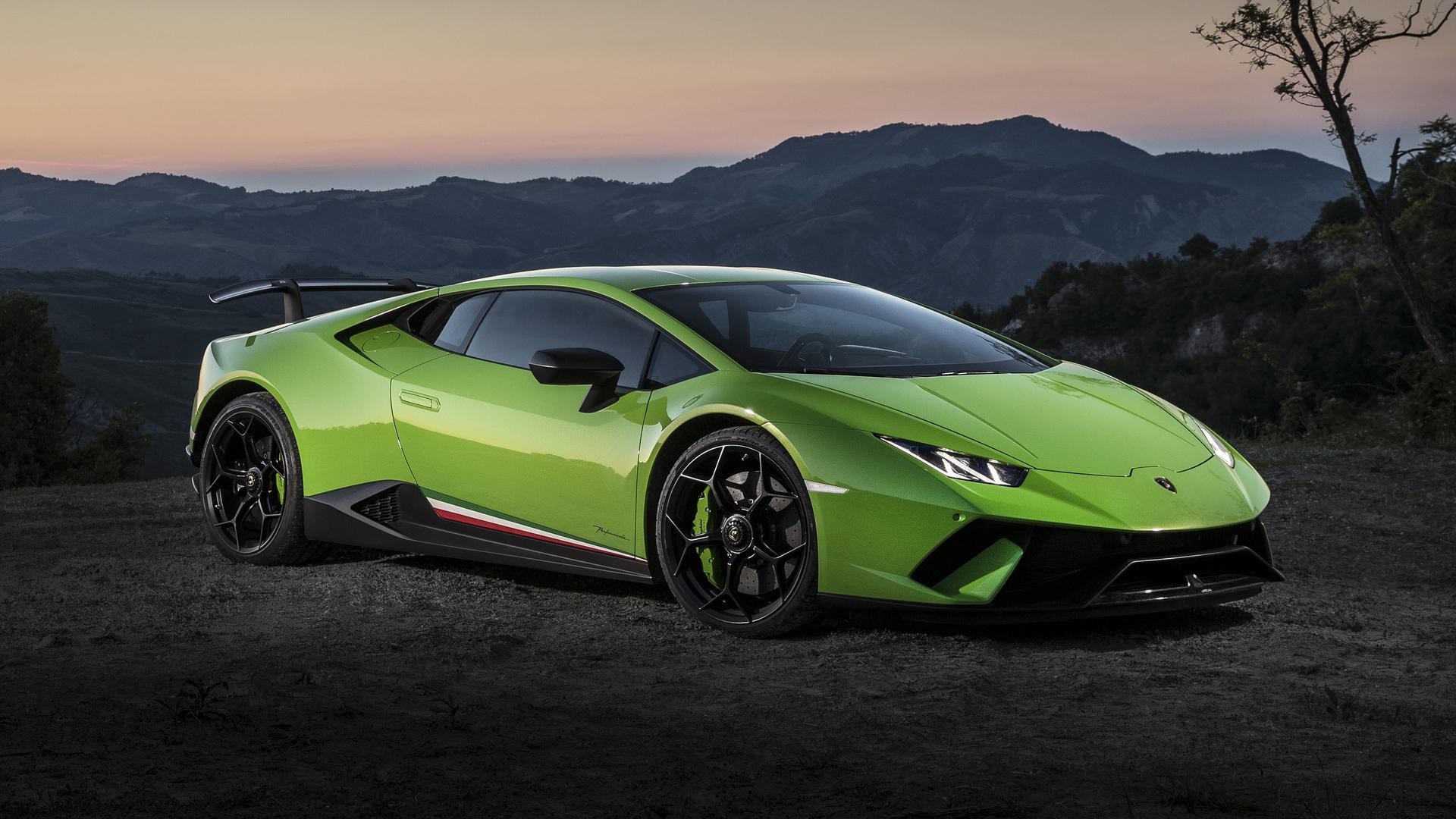With a devilish 666 horsepower, the Lamborghini Urus Performante is quite a powerful performance SUV. But, how would it compete against the similarly named Huracan Performante? This video answers the question.
The Huracan Performante debuted in 2017 as a hotter version of the already impressive supercar. It takes inspiration from the Super Trofeo race car with elements like a high-mounted exhaust outlet that makes room for a larger rear diffuser. The brand's Forged Composite carbon fiber makes up a variety of exterior parts. Plus, there are active aerodynamic elements. The powertrain consists of a 5.2-liter V10 pumping out 630 hp and 443 pound-feet of torque that goes to a seven-speed dual-clutch gearbox.
Gallery: 2017 Lamborghini Huracan Performante: First Drive







The Urus Performante only premiered in 2022. Its twin-turbo 4.0-liter V8 makes 666 hp and 627 lb-ft. Plus, there are weight-saving measures to shed 104 pounds. The revised suspension lowers the model by a 0.8-inch. Plus, the 0.6-inch wider track pushes the wheels out farther.
While the Urus Performante has more power, it also weighs around 1,700 pounds more than the Huracan Performante, based on the on-screen specs in this clip. That extra weight makes a big difference.
Gallery: 2023 Lamborghini Urus Performante: First Drive







In the drag races, the Huracan Performante leaves the Urus in its dust. The challenge isn't even close. Even re-running things doesn't change the results. According to CarWow's instruments, the Huracan covers the quarter-mile in 10.6 seconds. The Urus needs 11.8 seconds to get through the same distance.
Even from a roll, the results are the same. The Huracan Performante is a legit supercar. While impressive in the realm of high-end, performance SUVs, the Urus Performante isn't in the same league as its sibling.
The braking test yields surprising results. Both vehicles are traveling 100 miles per hour before coming to a stop. Despite being heavier the Urus manages to stop in a slightly shorter distance. Although, since this isn't a scientific evaluation we don't know whether both drivers pressed on the pedal at exactly the same time – not to mention other variables.







